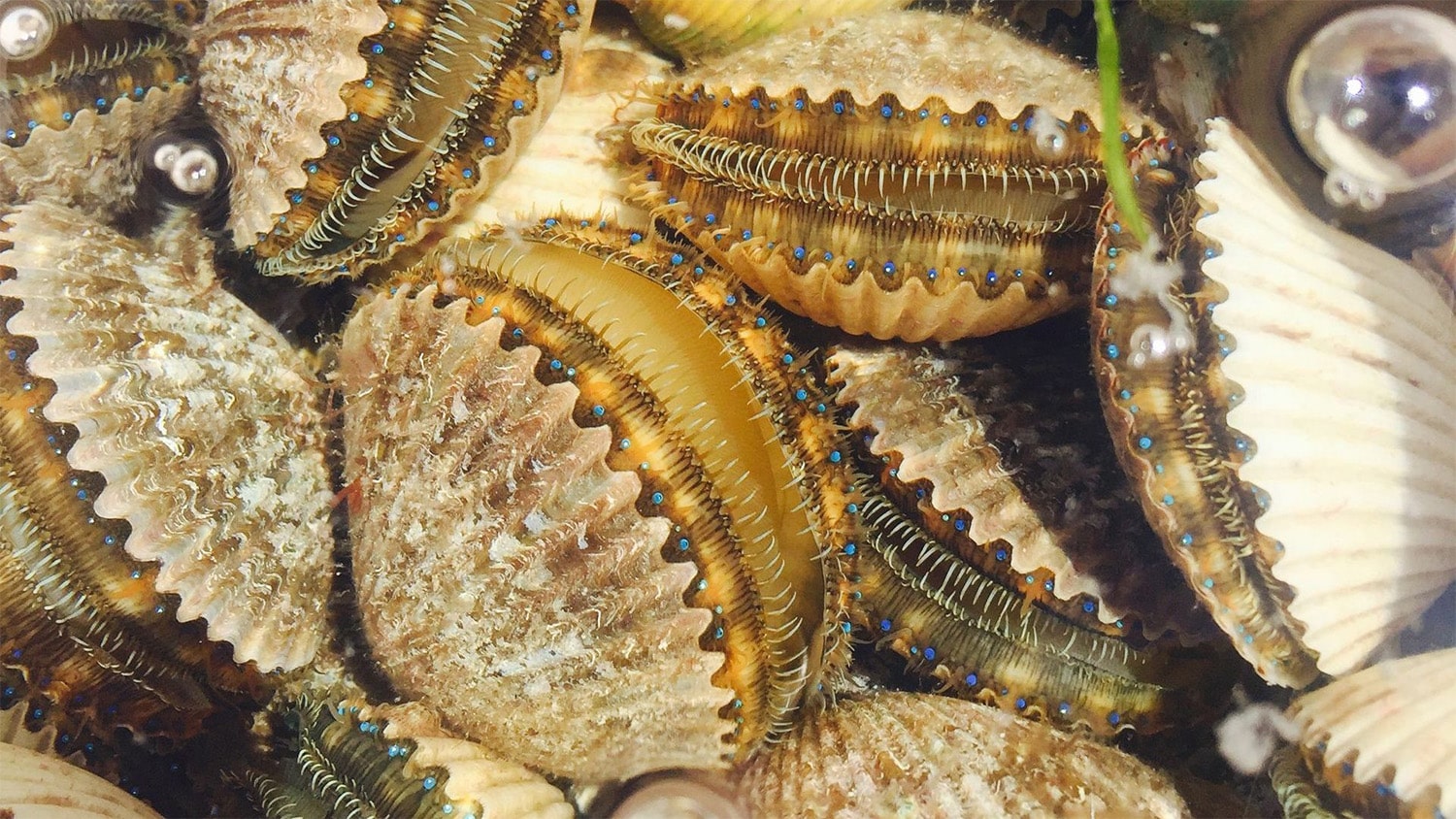
29 interesting facts about scallops
- 👁️ 295
Scallops are fascinating marine bivalve mollusks known not just for their culinary delights but also for their unique biology and behavior in the ocean’s ecosystem. These creatures inhabit all the world’s oceans, embodying a remarkable combination of beauty and functionality. Scallops have a distinctive shell shape that has become a symbol of pilgrimage in some cultures and an inspiration for art and design in others. Their ability to swim, unusual among bivalves, their complex eyesight, and their role in marine environments make them a subject of interest both to marine biologists and to those with a culinary appreciation for seafood. Let’s dive into some interesting and informative facts about scallops that shed light on their intriguing world.
- Scallops are part of the family Pectinidae and are known for their fan-shaped shells, which consist of two hinged parts.
- They possess around 60 eyes that line the edge of their mantle; these eyes can detect light, dark, and motion.
- Scallops have the ability to “swim” by rapidly opening and closing their shells, propelling themselves backward through the water.
- They are filter feeders, drawing in water and filtering out plankton and small particles as their primary food source.
- The adductor muscle, which scallops use to open and close their shell, is the part most commonly eaten by humans.
- Scallops can be found in a range of habitats from shallow tidal areas to deep sea floors worldwide.
- Unlike other bivalves, scallops do not attach themselves permanently to a substrate and can move freely.
- The age of a scallop can be determined by counting the growth rings on their shells.
- Scallops play a significant role in their ecosystem by filtering water, which improves water quality and clarity.
- There are over 300 species of scallops worldwide.
- The Bay Scallop (Argopecten irradians) and the Sea Scallop (Placopecten magellanicus) are among the most common species harvested for food.
- Scallops are considered a delicacy and can be prepared in various ways, including baking, frying, and grilling.
- In marine folklore, scallops are symbols of fertility and safe travel over water.
- The scallop shell is a symbol of the Camino de Santiago, a pilgrimage route leading to the shrine of the apostle Saint James the Great in the Cathedral of Santiago de Compostela in Spain.
- The word “scallop” is thought to derive from the Old French word “escalope,” which means shell.
- Scallops have a unique reproductive system; they are hermaphrodites, meaning they possess both male and female reproductive organs.
- Some species of scallops can produce pearls, though they are not as highly valued as those from oysters.
- Scallops’ ability to swim is a defense mechanism to escape from predators.
- The largest scallop species is the Giant Scallop (Placopecten magellanicus), which can grow up to 21 centimeters (about 8.3 inches) in shell height.
- Fossil records show that scallops have existed for approximately 200 million years.
- In art and architecture, the scallop shell has become a motif associated with the sea and various water deities.
- Scallops can change sex throughout their life, usually starting as males and changing to females.
- Commercial scallop fishing is a significant industry, with millions of pounds harvested annually worldwide.
- Diving for scallops is a popular method of harvesting, especially for obtaining larger specimens.
- The scallop’s mantle contains a series of simple eyes that can form images, providing them with spatial awareness.
- Scallops are a good source of protein, omega-3 fatty acids, and minerals such as magnesium and potassium.
- The famous Botticelli painting “The Birth of Venus” features the goddess Venus standing on a scallop shell.
- Scallops use their gills not just for breathing but also for feeding and eliminating waste.
- In some cultures, scallops are a symbol of love and are associated with the Greek goddess of love, Aphrodite (Venus in Roman mythology).
Scallops are much more than a delicious ingredient in culinary dishes; they are creatures of great interest due to their unique biological features and ecological roles. Their ability to swim, intricate vision, and symbolic significance across cultures make scallops a remarkable subject of study and appreciation. From their contribution to maintaining healthy marine environments to their representation in art and mythology, scallops encapsulate the wonder and interconnectedness of life on Earth. As we continue to explore and understand the mysteries of the ocean, the scallop remains a symbol of the beauty and complexity found beneath the waves.
Scallops are fascinating marine bivalve mollusks known not just for their culinary delights but also for their unique biology and behavior in the ocean’s ecosystem. These creatures inhabit all the world’s oceans, embodying a remarkable combination of beauty and functionality. Scallops have a distinctive shell shape that has become a…